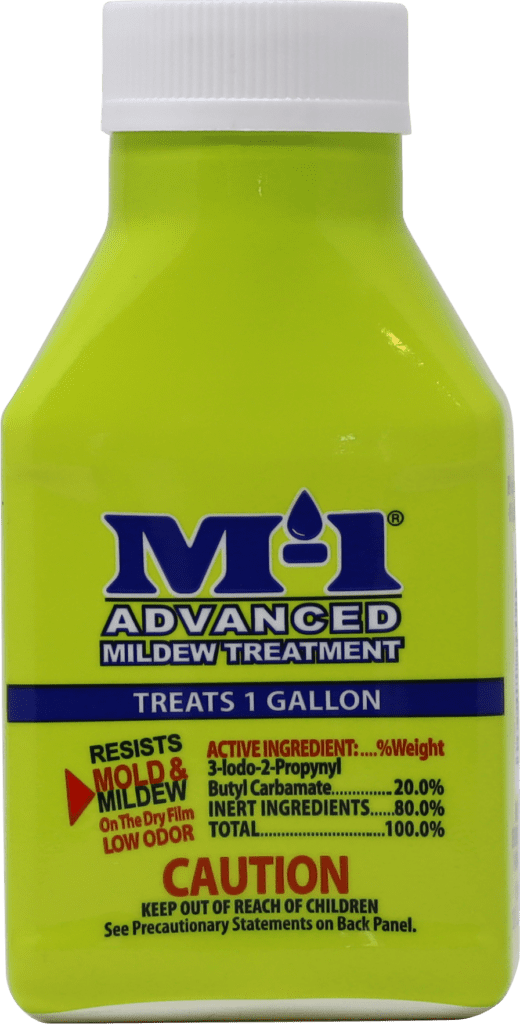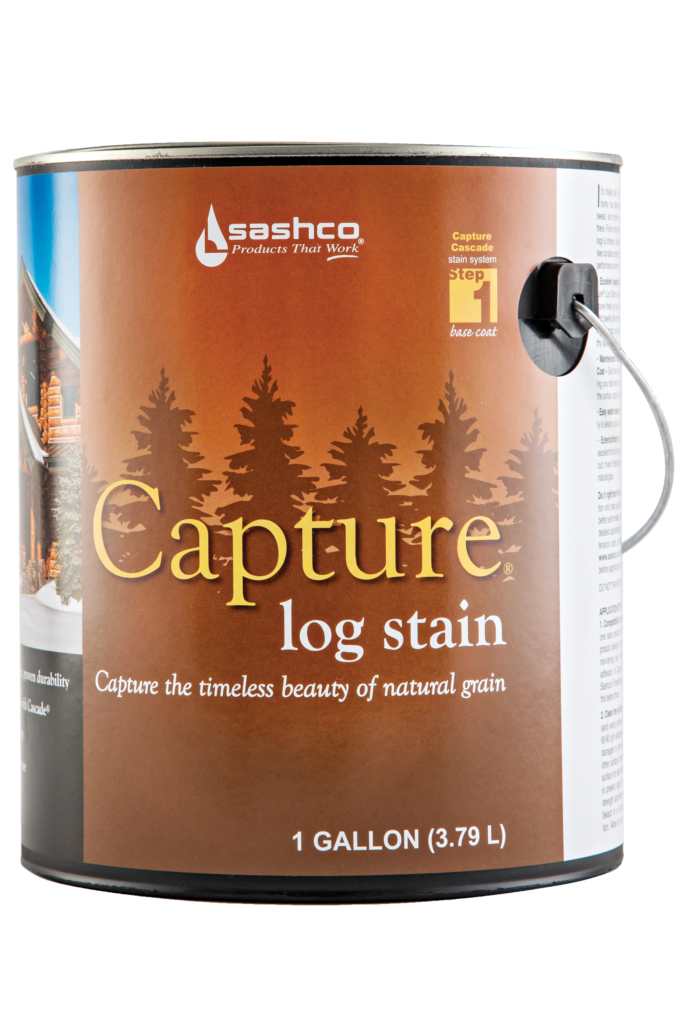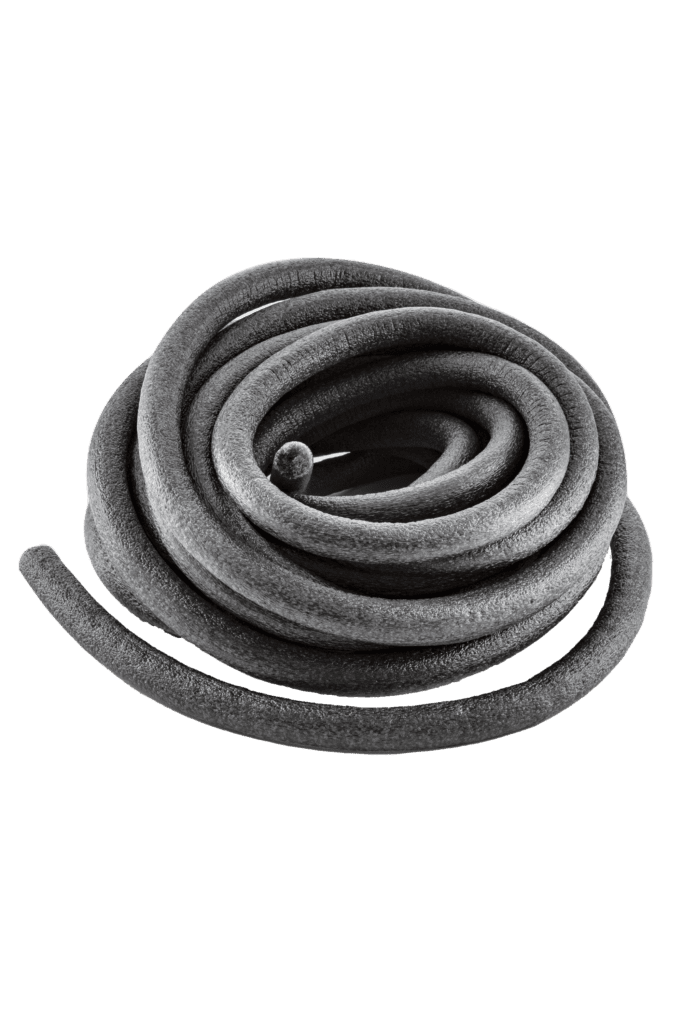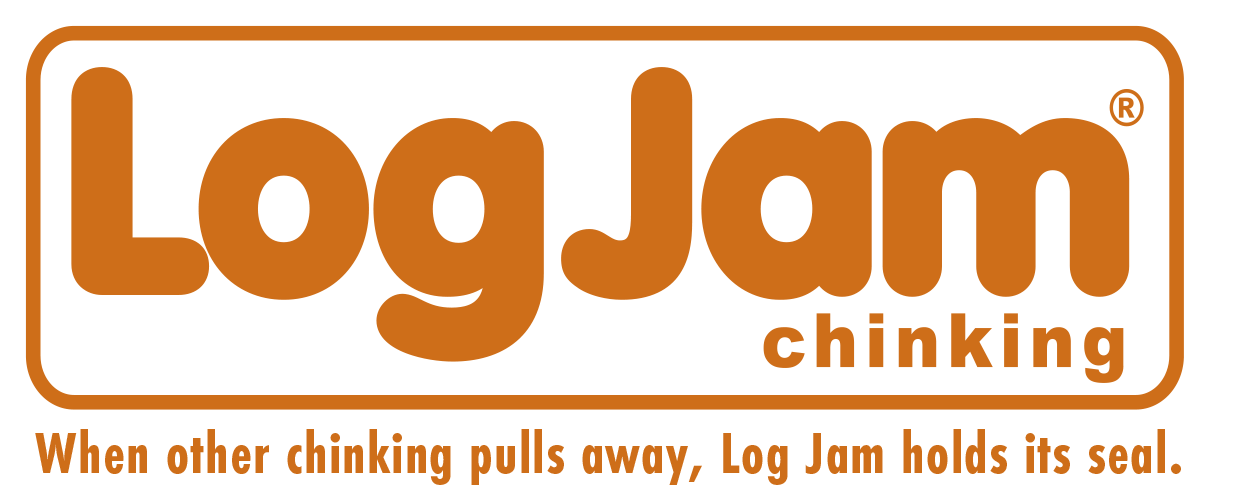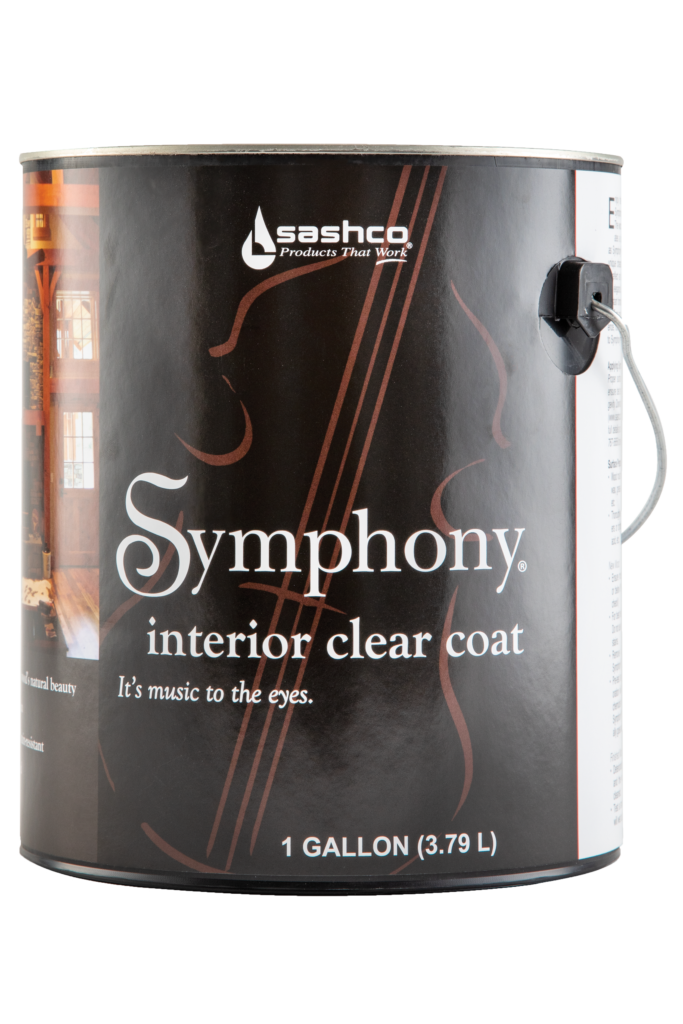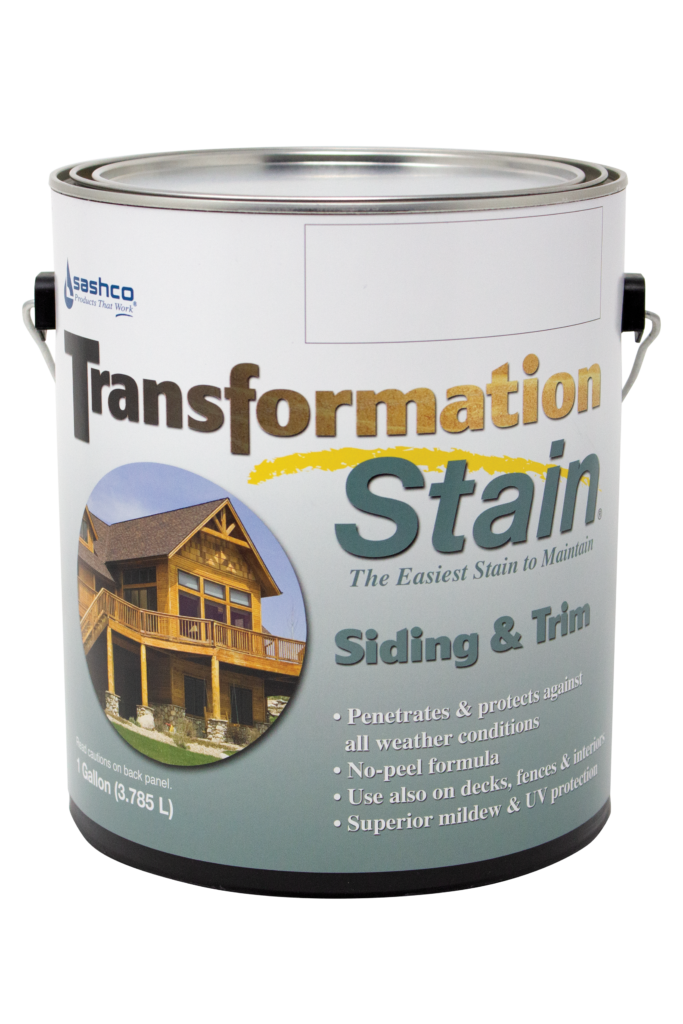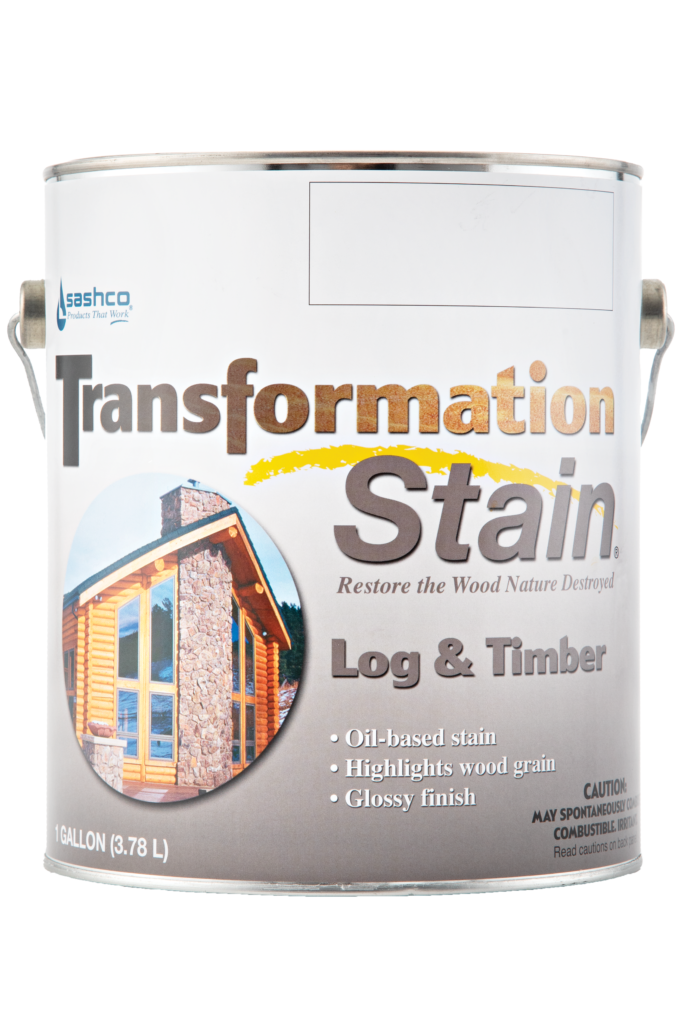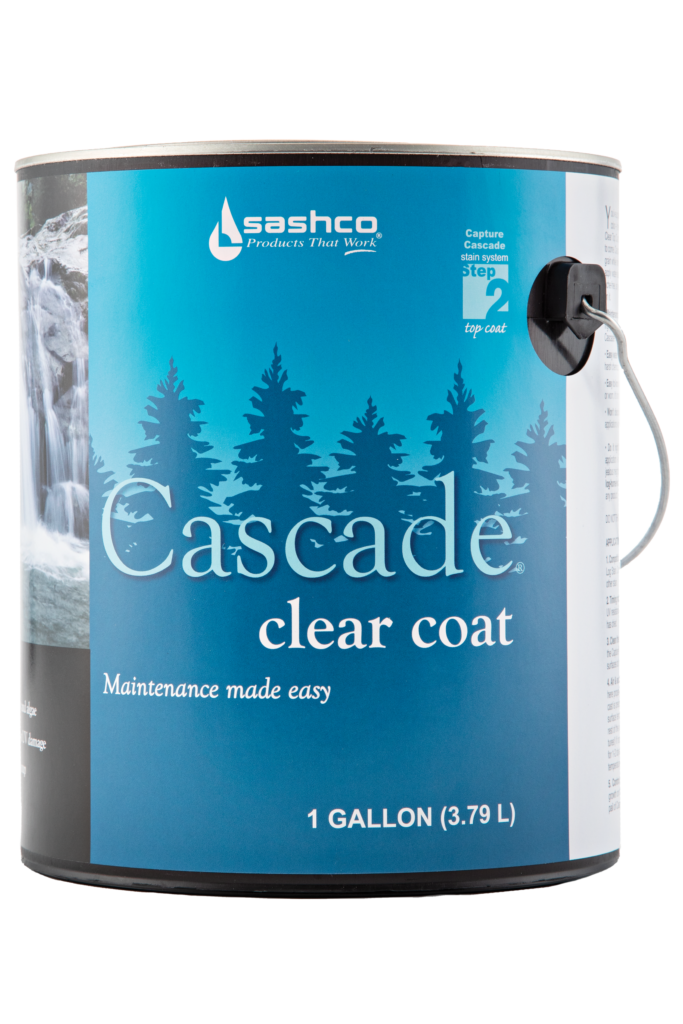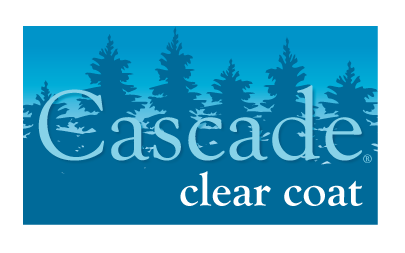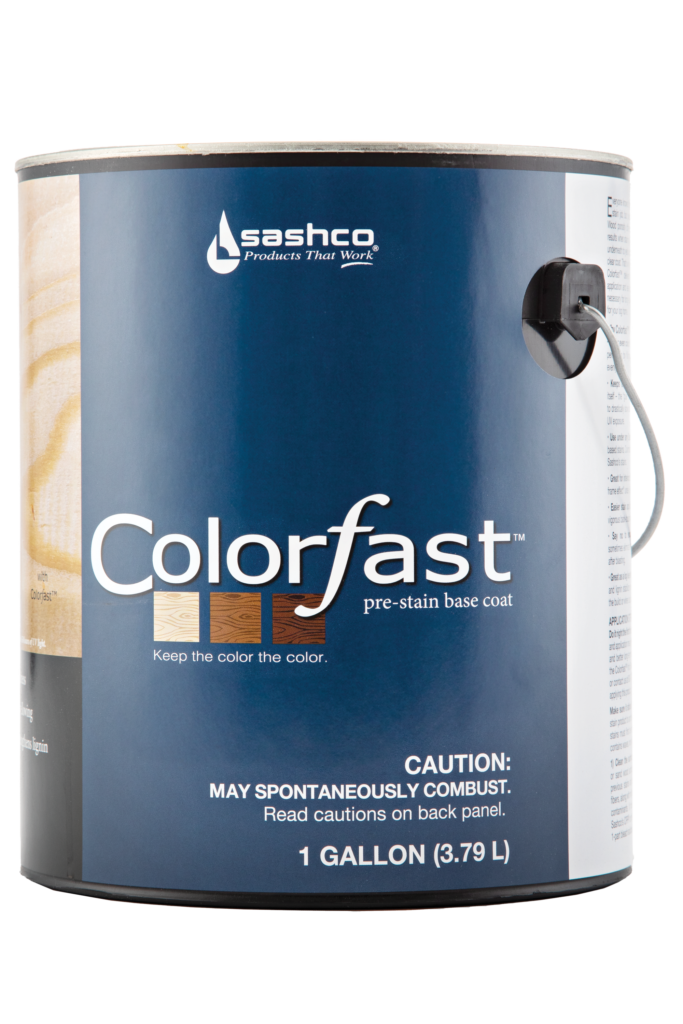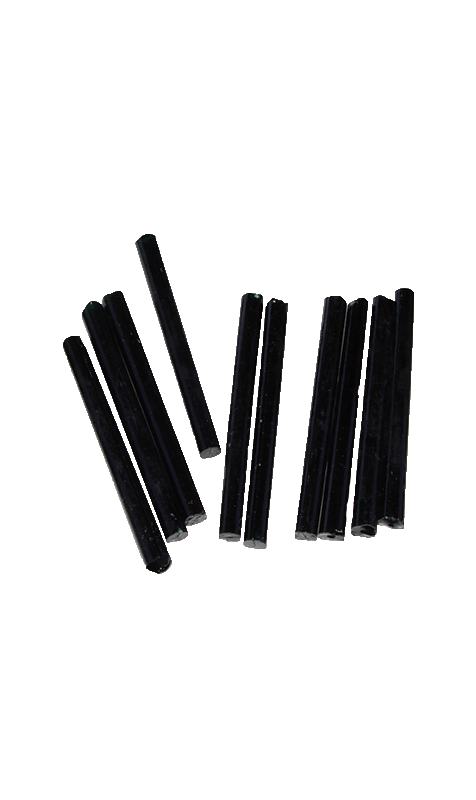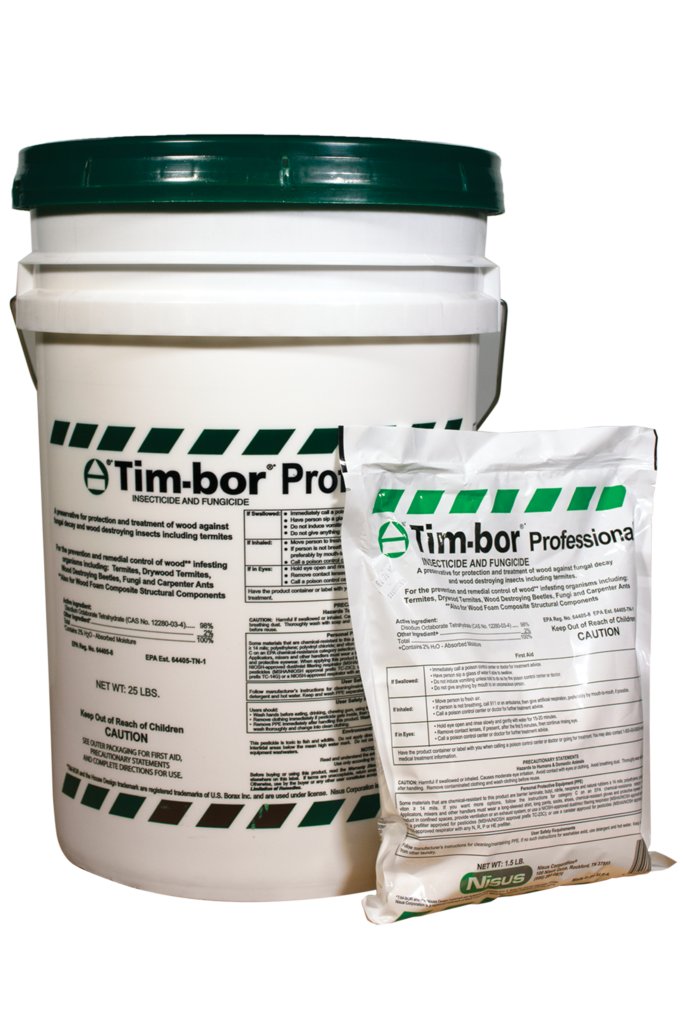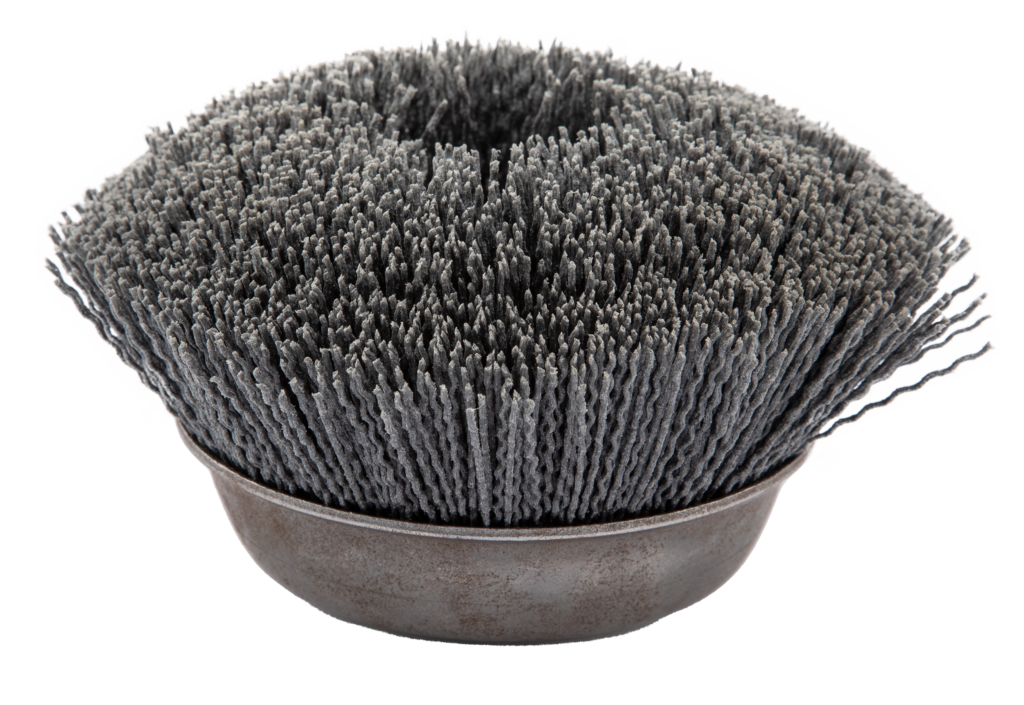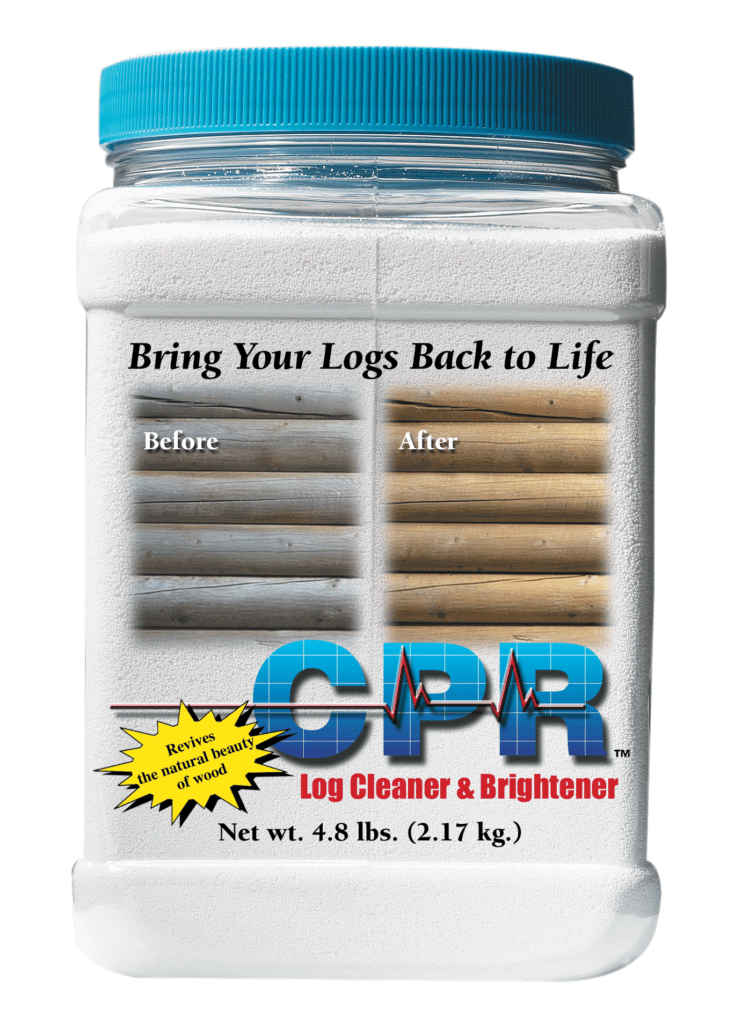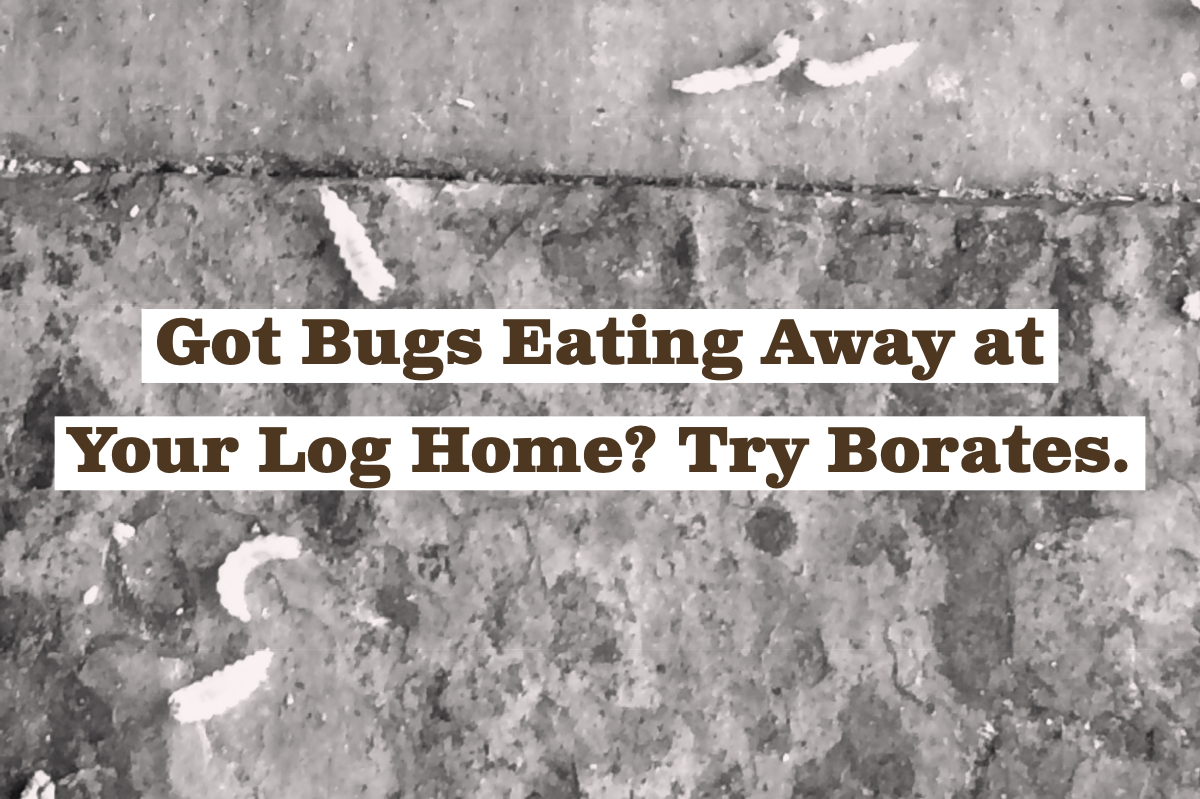
How to Use Borate Wood Treatment for Termites.
Borate wood treatments are a big deal. In this month’s Experts Corner, our favorite Southeast Territory Manager, Paul Peebles, breaks down the 411 on borates.
There are two kinds of wood – wood that is rotten, and wood that one day will be rotten. This statement may seem a bit extreme, but it’s a fact. Wood is a product of nature and its nature is to return to the earth in a natural process. As professional log home contractors, it is your job to ensure that wood used in the construction of log homes lasts as long as possible.
Borates have been used to preserve wood for many years. As people become more educated about the toxicity of products used in their homes, borate use has grown in popularity.
So, what are borates and how do they work?
Simply put, borates (or borax) are naturally-occurring water-soluble, salt-like acids. Borate is about as toxic as table salt to humans and pets, but kills wood-consuming insects like termites, powder-post beetles, and old house borers. More importantly, it kills the wood-destroying microorganisms that cause rot. As you well know, rot causes far more damage in log homes than insects. For borates to be effective, they must be eaten by an organism. (This is why borates are not effective against carpenter bees. Carpenter bees do not actually consume wood – they just chew it up, spit it out, and leave lovely piles of sawdust sitting around.) Consuming borates does not instantly kill termites or other wood destroying insects. It does, however, kill the bacteria in their digestive system. These bacteria help the insect digest the cellulose fibers that make up a piece of wood. Without these bacteria, the insects die of starvation. Funny how nature works.
Types of Borates.
Sashco sells a powder concentrate borate product called Tim-bor®. When sprayed or brushed on bare wood, Tim-bor® forms a protective shell to defend against rot and wood-ingesting insects. It’s easy to use and EPA-registered. Tim-bor® will not affect the color of wood and is chemically compatible with all Sashco’s stain, caulking, and chinking products. It costs five times less than its glycol-based counterparts, dries about 2 weeks faster, and provides the same depth of penetration and protection (not to mention the lack of glycols makes it easier and friendlier to apply).

While these products provide great secondary protection, it is very important to understand that, while they will stay in the wood and prevent rot for as long as a waterproof coating is maintained on the home, they are not a fool-proof and permanent solution to wood rot on log homes. When most homes are constructed, the logs are clean and smooth with very few checks or cracks in the logs. During the first few years, these checks open, expand, and deepen. Many checks extend to the center of the log — much deeper than any topical application of borates can effectively reach. These deep checks, when located in exposed areas, collect water. Over time, this will cause the log to rot. Therefore, it’s very important to include the application of borates into checks during all maintenance work done on a log home and to keep up on that maintenance coat of stain, clear coat, and routine caulking of checks and cracks.
I have used borates over the years in many applications. Some expected, some unusual, all tried and true!
Antique log homes
Owners of antique log homes have spent a lot of money purchasing old logs, timbers, and siding for their unique appearance. They love that silvery gray, rough texture inherent to old timbers. Most are reluctant to remove this look in order to properly apply a protective waterproof coating that would protect the logs from rot. An alternative for this unique and growing segment of the market is to simply treat the exposed logs every year with borates. The treatment must be done every year because borates are water-soluble, and rain will eventually leach the product out of the wood. The borates will not change the color of the wood and it is almost impossible to over-apply. Some folks will follow with a quick coat of Cascade® clear coat to help repel some of that water. It might only last a year, but it’ll help keep wood from rotting. Score! (As an aside, I’m a little annoyed with myself for recommending just a clear coat or no stain at all, as the wood is truly left unprotected. If folks REALLY want to help that antique wood last, while still preserving the antique look, consider recommending Sashco’s Capture® in Weathered Wood with the Cascade® Matte.)
For additional protection against insects inside new homes
During initial construction, spread powdered borates into open stud wall cavities and on the floor where base cabinets are to be located. Then close the stud walls and install the base cabinets. The borate powder will stay in those locations for a good long time and kill all roaches and ants that they meet. Now, I told you earlier that insects must consume the product to be effective and that is true. Insects can crawl through the powder without being harmed. However, ants and roaches belong to a group of insects which constantly groom themselves to stay clean. To stay clean, they lick their legs and other body parts. When they do, they consume the borate and will die. Sorry (not sorry), little guys.
For log replacement projects
I highly recommend a thorough treatment of all replacement logs and log siding with borates and Cobra™ Rods. Chances are, homeowners who have not maintained their homes in the past will probably neglect them in the future. A more permanent treatment will lower your liability in the future as a contractor. An even better plan would be to have replacement logs pressure-treated with borates. If I were to replace a log on a customer’s home with one that had been pressure-treated, I would have no problem extending a lifetime warranty on that log – a good selling point for log home contractors.
For active insect infestations
I have successfully used borates against insects that are actively living in isolated spots on structures. I had the joy of experiencing a powder-post beetle infestation in the barn wood on my porch. I injected borates into the actual bug holes using a syringe made for injecting marinade into food. Any plastic syringe will work when held tightly against the hole to inject the liquid. I treated these holes one afternoon and found them dead on my counter-top the next day. I may have simply drowned them, but that was a few years ago and they have not returned. A similar method can be used in isolated areas of rot or termite damage using, believe it or not, a bulb-type turkey baster or cheap ketchup squirt bottle. Some logs have center rot, or are infested with insects, but have a coat of stain that prohibits applying borates. In this case, simply drill angled holes into the wood on the upper part of the log (you must drill to get the product into the wood past the existing water-proof stain) and insert the bottle or baster full of borate solution into the hole, then walk away for a couple of days. The liquid will slowly soak in and saturate a large section of log. If the product simply flows quickly into the log, you may be facing a log that is too far gone and may need to be re-faced or replaced. Once the product is deep in the log, it will soon kill the rot or termite.
Log railings
Log railings exposed to the weather are a maintenance nightmare. They are very difficult to maintain a stain coating on because they develop checks on the upper curvature of the rails where they gather water. However, when located on a raised deck or stairway, they can be downright dangerous. How many homes have you visited where the homeowner warns you not to lean on the railing during your inspection of the home? Think about it – the only thing between you and a serious accident is a rotted handrail! Many state codes now require pressure-treated handrails. If you are at a new home site, you can treat new hand rails as they are assembled by drilling a hole into the end of each spindle and inserting a CobraTMRod. The borates and copper will dissolve into the surrounding wood and protect against rot. I would also soak all the components in some Tim-bor®. And don’t forget to drill those weep holes!
Don’t Underestimate the First Line of Defense
Your customer’s first line of defense is a well-maintained stain. Offer to do their annual maintenance inspections and routine maintenance for a fair price and you can avoid the log replacement conversation altogether. Tim-bor® and Cobra™ Rods are really there to give them added protection before maintenance is done.
Additional Resources
Keeping the Dream Alive – Sashco’s Guide to Log & Wood Home Finishing & Maintenance
